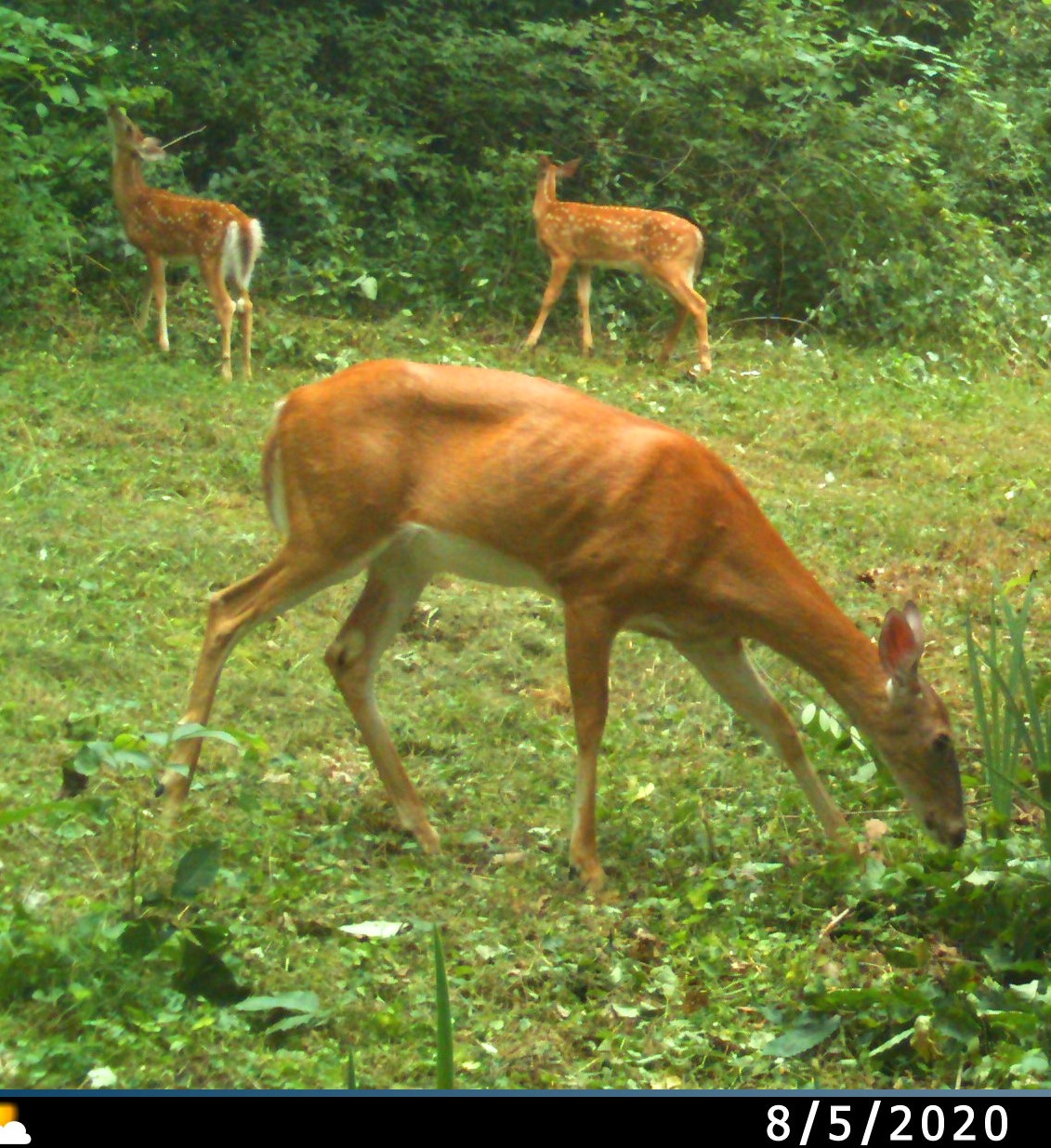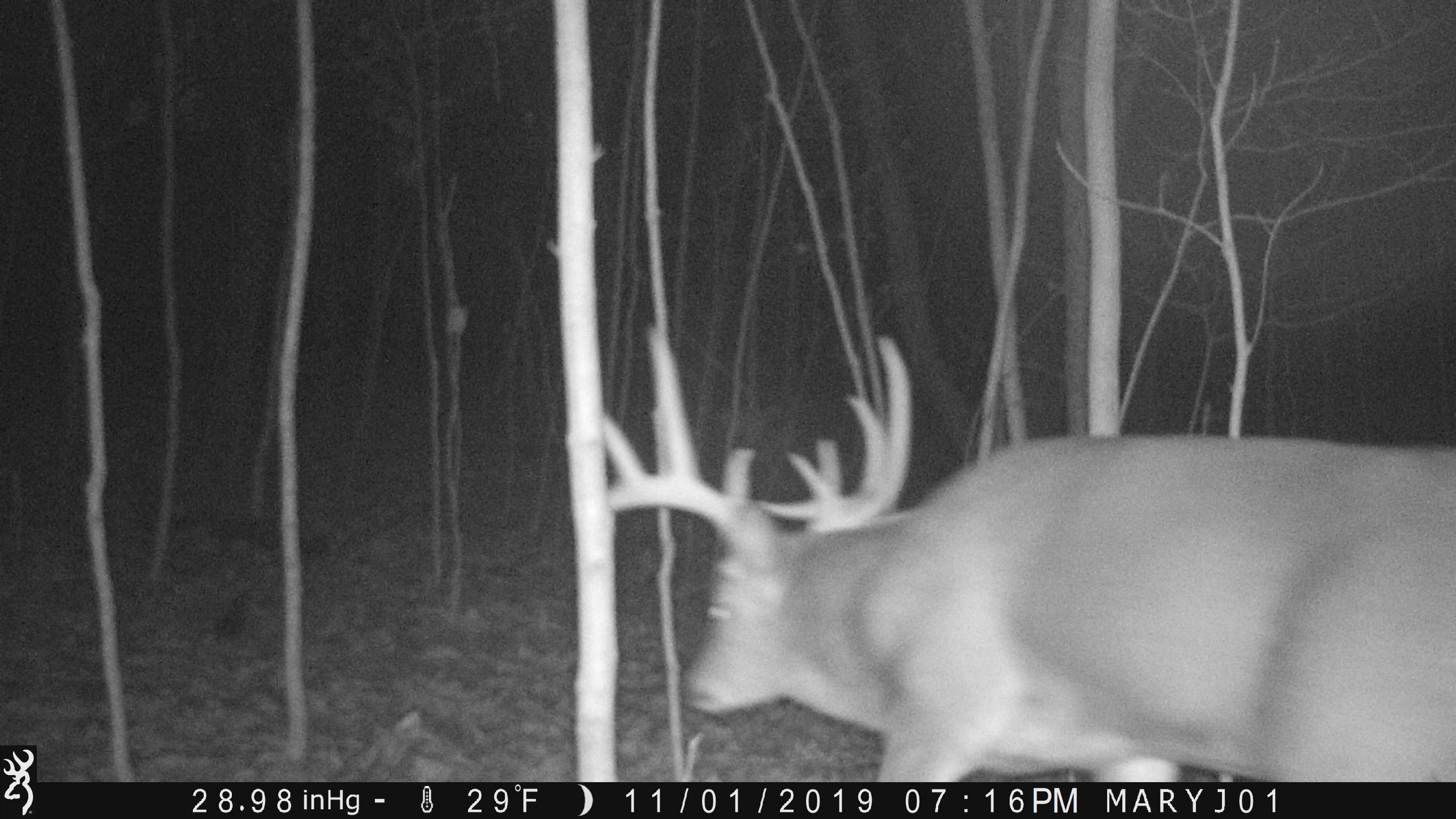


Kuwa is found within the wild forms of mulberry found in China and Korea. Although collected in the wild, it has no culinary selections. Normally it is only cultivated as a grafted weeping form. I had first heard of this species reading Cornucopia and wondered if it would grow in Michigan. I finally had gotten wild collected seeds of it through an exchange program and began a small grow out of five trees of it. In the meantime, the deer loved the foliage so much only one tree made it past the browse line and began fruiting in the shade of my hicans and chinkapin oaks. It worked! Kuwa has just the right sugar levels with a flavor that is just irresistible to eat fresh off the tree. Not too watery and not insipid. Kuwa can be grown from seed as it is true to type. Kuwa is essentially unknown in the mulberry world where Morus nigra cultivars take center stage. That is fine, but again I must say the flavor of this species is really worth cultivating.
Kuwa is a small compact tree to 40 ft. Almost like an apple tree in structure, limbs should be removed to allow maximum light to the branches which will increase the fruiting wood. Fruits ripen over a long period up to one month or more. Some years the fruits are larger reaching up to an inch long depending on the yield and rainfall. This species appears to be shade tolerant and will still good even in partial shade.
To protect against deer, use Deer Off purchased from Menards. It is the best that I have found so far. You have to apply it as the leaves emerge as well as periodically throughout the summer. Even with the tree protectors to 4 feet tall, deer will continue to hammer the foliage as it emerges from the tubes. It is just that delicious, they will go back for several years eating the same trees even if one single leaf appears. The other option is to to fence to at least 5 feet tall.
Kuwa has not spread at my farm like other mulberries. I think this might be luck, but also you need bare soil for the seeds to sprout. To germinate the seeds: Surface sow and lightly mist the seeds as the sunlight and moisture will make them sprout. Like many mulberry seeds, having it go through the stomach of a bird is a good idea. To replicate this, you can use a fine grit sandpaper on them so they will then naturally imbibe more water. A normal 90 day cold and moist period at 33F to 38F will also aid in germination. However I have had some seeds sprout even after collecting the same year without any dormancy. So you might want to try that first to a portion of the seeds in a moist napkin. The seeds if dried fully may need the 90 day dormancy to get them primed. But fresh seeds will likely not need this dormancy. I will post updates on my seeds after collections.
| Plant Specs |
| Genus & Species |
Morus bombycis |
| Seed Source |
Michigan |
| Hardiness |
-25 F Fully hardy in southern Michigan better than nigra selections. |
| Height (ft) |
25-50 ft. with equal width |
| Pollination Requirements |
Self fertile. Male and female flowers on the same tree. |
| Soil |
Adaptable to a wide variety of soil types. Clay to sandy and rocky. |
| Climate |
Zone 4-8 |

